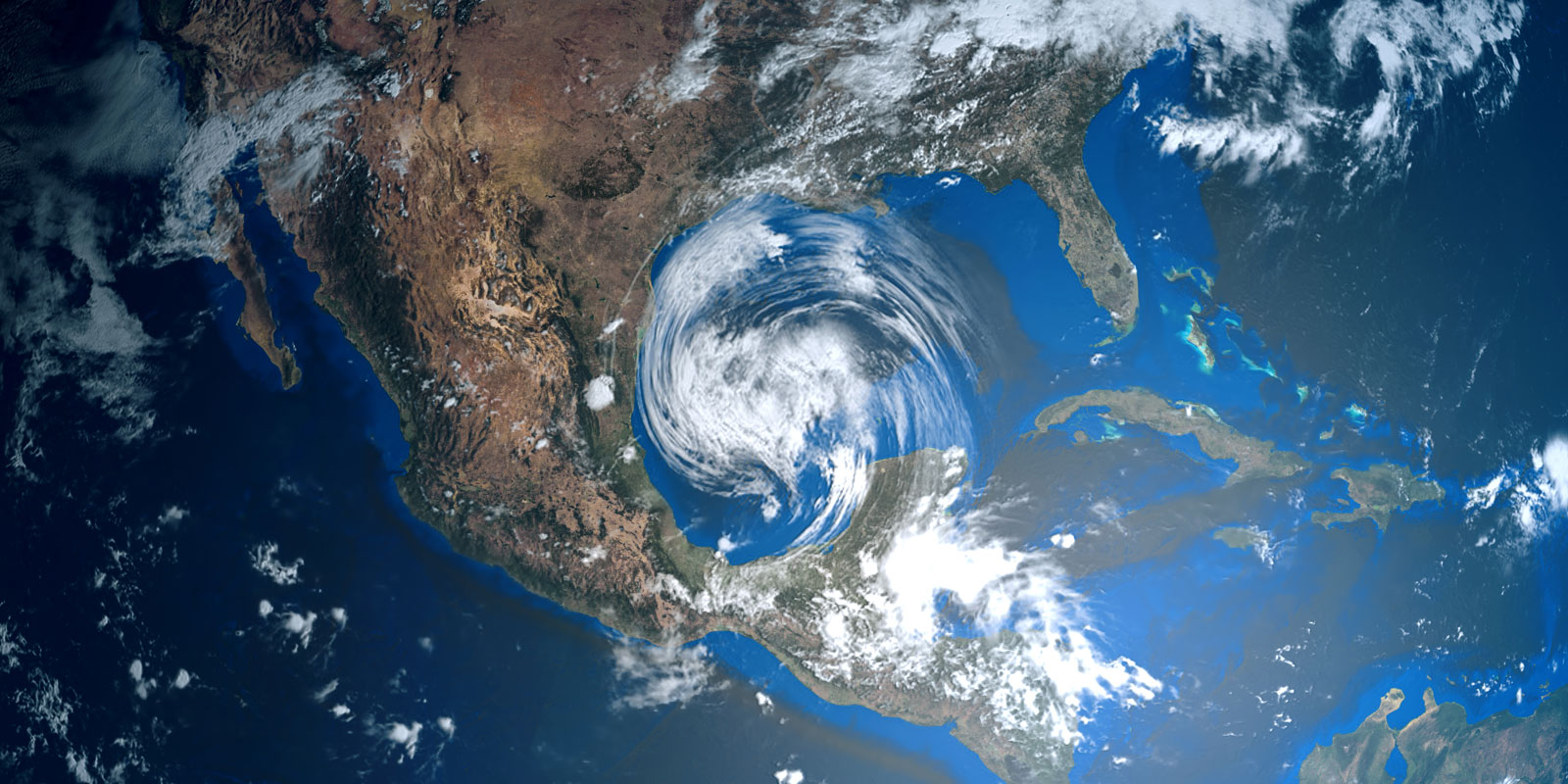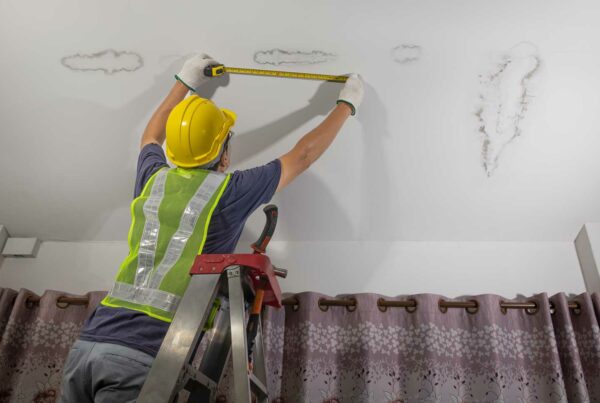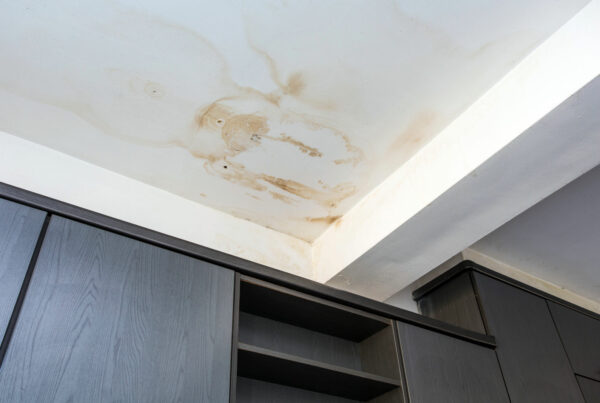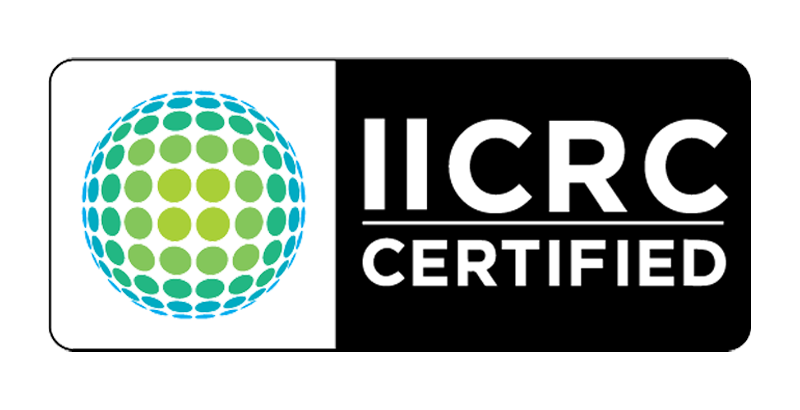Contents
A Guide for Commercial Properties
Are you prepared for hurricane season? While there’s no way to prevent hurricane damage altogether, taking proper care to ensure your property is secure can help mitigate property loss. It can mean the difference between a few repairs and a major restoration.
Hurricanes move fast, but so does Cavalry. We’ve got you covered with an essential checklist for hurricane preparedness. If you have questions, concerns, or need to submit a work request, our emergency response lines are open for you 24 hours a day, 7 days a week: 888-601-3473.
Hurricane Preparedness Checklist
Pre-Storm Planning
- Establish an emergency plan and review it throughout the year.
- Designate an Emergency Response Team (ERT). Inspect and replenish emergency supplies.
- Update emergency contact list, which includes key vendors and local authorities.
- Establish communication protocols.
- Keep an updated list of all building staff that includes their full name, phone numbers, and assigned calling sequence.
- Confirm evacuation procedures and plan to account for staff after an evacuation.
- Complete basic preventive maintenance.
- Check the National Weather Service for hurricane information daily until the end of November.
Preventive Maintenance
- Remove large trees that could damage your buildings and power/communication lines if struck down by heavy winds.
- Secure or remove outdoor furniture, signage, loose debris, and equipment that could blow into and damage your facilities.
- Test fire alarm system and CO detector.
- Test emergency generators & ensure you have enough fuel.
- Check if sump pumps are operating properly.
- Move flammable liquid drums into a safe sheltered area that isn’t your main building.
- Clean gutters and downspouts.
- Remove debris surrounding storm drains and catch basins.
- Inspect the roof and repair any damages, especially along the roof flashing.
- For outdoor equipment that can’t be moved indoors, ensure they are properly anchored and covered with tarpaulins or waterproof covers.
Potential Tropical Storm Or Hurricane Identified
- Review emergency action plans with all employees.
- Contact Cavalry to initiate pre-storm potential needs notification.
- Document intentions of all staff members in the event of an evacuation.
- Ensure that vital records, cash, other valuable documents, and office equipment are safe and secured.
- Ensure all staff have adequate safety training.
- Confirm that fuel tanks for generators are filled and run a test if any on site.
Impending Tropical Storm Or Hurricane
- Confirm evacuation routes and each employee’s plans.
- Review and distribute emergency contact lists. Verify that all emergency supplies are ready.
- Fill personal and company-owned vehicles with gas.
- Verify the post-storm return plan with staff.
- A temporary command post and gathering location should be pre-designated.
- Gather essential keys, such as office keys, fireman’s recall keys for elevators, maintenance shop, building key, etc., and store them in a large zip lock bag labeled for each building. Leave keys in a predesignated secure location.
- Backup all computers.
- Provide all staff with a police access pass for their car if available.
- Take photographs or video of your business establishment (interior and exterior), from all angles.
- Assemble insurance policies and financial records necessary to expedite quick settlement of claims, package in waterproof container.
- Perform a final check of the property for any potential loose items or other concerns.
Building Exterior
- Clean drains, gutters, and downspouts of the buildings.
- Remove antennas or loose objects from the roof.
- Bring in display racks and other objects usually left outside.
- Secure all loose objects, such as trash cans, which might cause damage during strong winds.
- Remove outdoor signs, especially those that swing or are portable.
- If the building has exterior glass frontage, clear out that section of the building as much as possible and use shutters or board up to protect glass. If you have no shutters or boards, strong masking or duct tape may be used. Tape in an “X” fashion on the inside of the glass to reduce shattering.
Building Interior
- Move goods, equipment, or furniture away from windows and skylights to avoid water damage.
- Clear all desk and tabletops of small loose objects.
- Place all pictures, plaques, books, hanging plants, papers, and other loosely secured items in a box, desk drawer, or storage cabinet.
- Relocate files, boxes, computers, office machines, and other equipment to the innermost portion of the building or a safer location.
- Do not leave boxes or equipment on the ground floor; elevate them by placing items on desk or tabletops.
- Remove contents of lower file cabinet drawers on the ground floor of the building and secure contents elsewhere.
- If time permits, make an inventory of all moved items to ease unpacking after the storm.
- Disconnect all electrical appliances and equipment, except for refrigeration.
- Turn off gas to minimize fire loss potential.
- Cover merchandise, office machines, specialized equipment, file cabinets, copy machines, computer terminals, etc. with tarpaulins or plastic sheeting and secure with sturdy tape.
- Close all windows and draw blinds or drapes.
- Turn off the electricity except for refrigeration at the power box and lock all doors when you leave.
- Before leaving the property, recheck the securing of the outdoor objects.
- If you own equipment that could be useful after the storm (e.g., forklifts, reach stackers, tractor, lift trucks, etc.), notify local emergency management officials.
During the Storm
If you evacuated
- Update appropriate personnel on your status and location every 12 hours.
- Return to site only when it is communicated that it is permissible by the local authorities.
If you did not evacuate
- Stay in an interior room, preferably in the center of the building, away from windows.
- If possible, continue to communicate and update appropriate personnel on your status and current location.
- Follow local authority recommendations. Remain indoors until the storm has passed.
After the Storm
If you evacuated
-
Do not return to the property until you have received confirmation from authorities that it is safe to do so.
If you did not evacuate
- Continue to communicate your condition and location as well as any updates on current condition of utilities and any known building issues.
- If there is standing water in your property, do not enter. Standing or flood waters can be contaminated with raw sewage or hazardous compounds.
- Do not attempt to enter any structurally damaged facilities.
- Always assume any downed electrical wires are live and pose a threat of electrocution.





